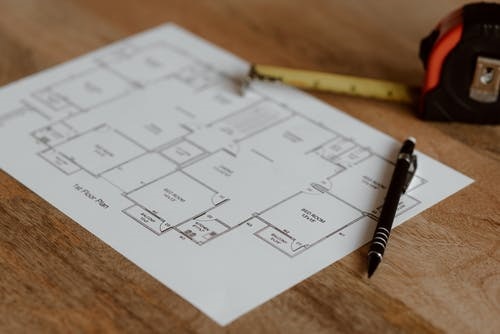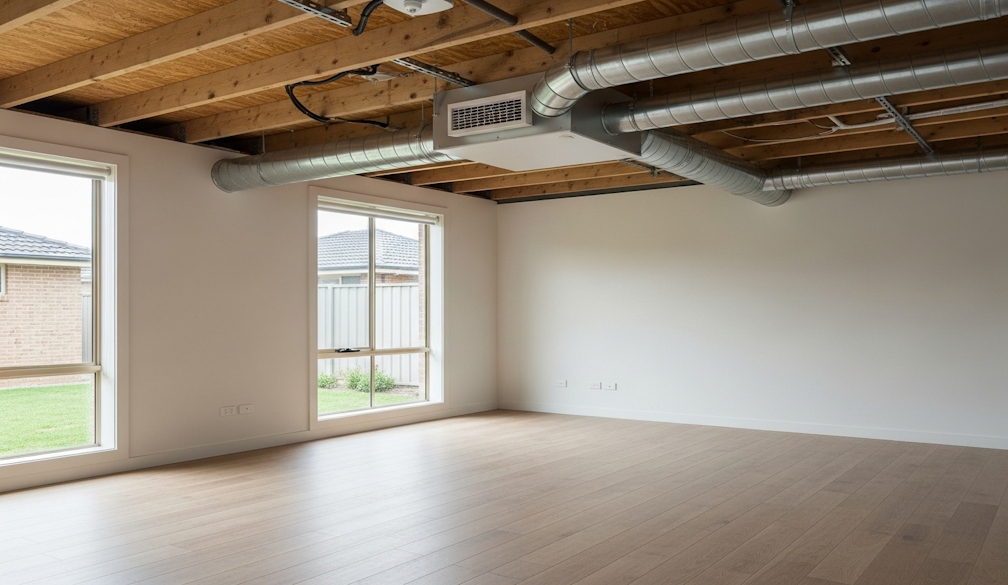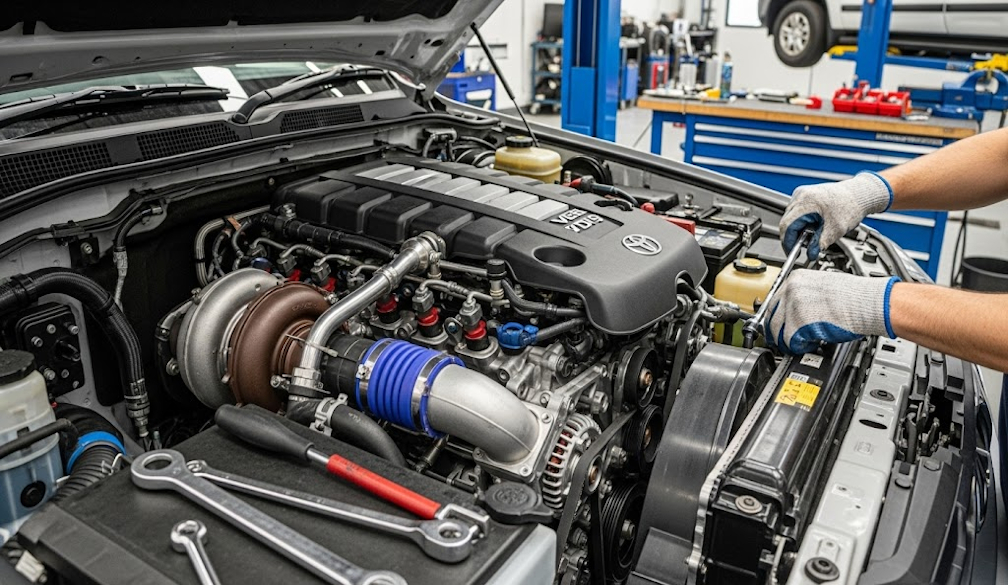Best Practices for Installing Cantilever Racking

When it comes to storing long, bulky or irregularly shaped items such as timber, pipes or steel bars, cantilever racking offers a highly efficient and flexible solution. However, to maximise its effectiveness and ensure workplace safety, proper installation is essential. Whether you're setting up cantilever racking in a warehouse, workshop or outdoor storage yard, following these best practices can help you avoid costly mistakes and maintain structural integrity over time.
Understand Your Storage Needs
Before you begin the installation process, assess your specific storage requirements and consider the type, size and weight of the items you plan to store. This will help you determine the appropriate dimensions and load capacity of your cantilever racking system. For instance, storing timber may require different arm lengths and spacing compared to storing steel pipes. You should also take into account how frequently items will be accessed, as this can influence the layout and orientation of the racking. A well-thought-out plan at this stage ensures that your system will be both safe and efficient in the long term.
Choose the Right Location
The location of your cantilever racking plays a vital role in its performance and longevity. Ensure the ground surface is level, stable and capable of supporting the combined weight of the racking and the stored materials. For outdoor installations, consider environmental factors such as wind load, drainage and exposure to the elements. Proper clearance around the racking is also essential for forklift or manual access. Leave enough space between aisles and overhead to prevent collisions and allow for safe loading and unloading.
Follow Manufacturer Guidelines
Each cantilever racking system is engineered to specific standards, so it’s important to adhere strictly to the manufacturer’s installation instructions. This includes the correct placement of base plates, upright columns, arms and bracing components. Using the wrong hardware or deviating from the recommended configuration can compromise the system’s stability. Make sure all components are assembled in the correct order and securely fastened, ensuring that connections will remain secure under load.
Anchor Securely to the Floor
One of the most critical steps in installing cantilever racking is anchoring the system to the floor. Without proper anchoring, the entire structure can become unstable, especially under heavy loads or in high-traffic areas. Use heavy-duty anchors suited to your floor type, typically concrete, and ensure they’re installed at all designated points. In seismic zones or areas with high wind exposure, additional anchoring or bracing may be required to meet local building codes.
Conduct Load Testing & Safety Checks
Once your cantilever racking is installed, it’s wise to conduct load testing to verify its capacity and stability. Load items gradually and watch out for any signs of bending, shifting or instability. Also ensure that all arms are level and evenly spaced to distribute weight properly. Implement regular safety inspections and maintenance routines to check for loose bolts, rust or structural wear. Training staff on proper loading techniques can further reduce the risk of accidents and prolong the life of the system.
Conclusion
Installing cantilever racking is about creating a safe, efficient and durable storage solution tailored to your needs. By understanding your storage requirements, choosing the right location, following manufacturer guidelines, anchoring properly and conducting regular safety checks, you can ensure that your cantilever racking system performs reliably.









